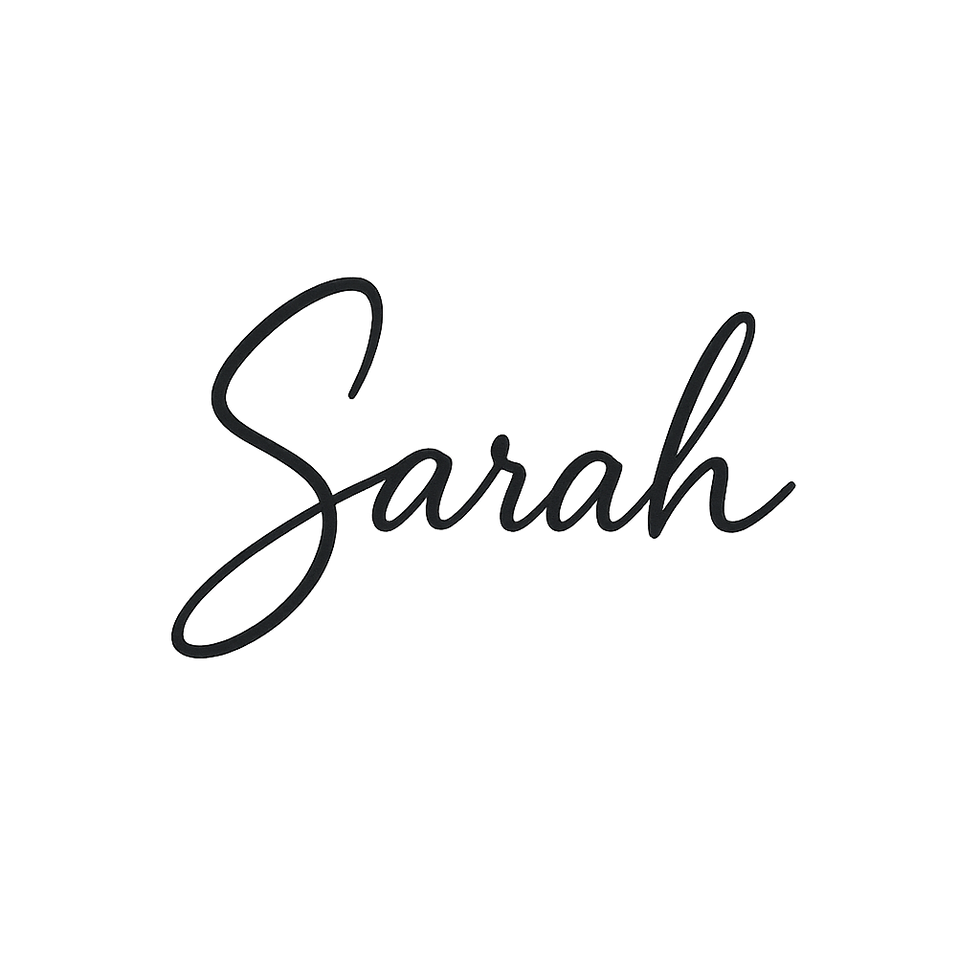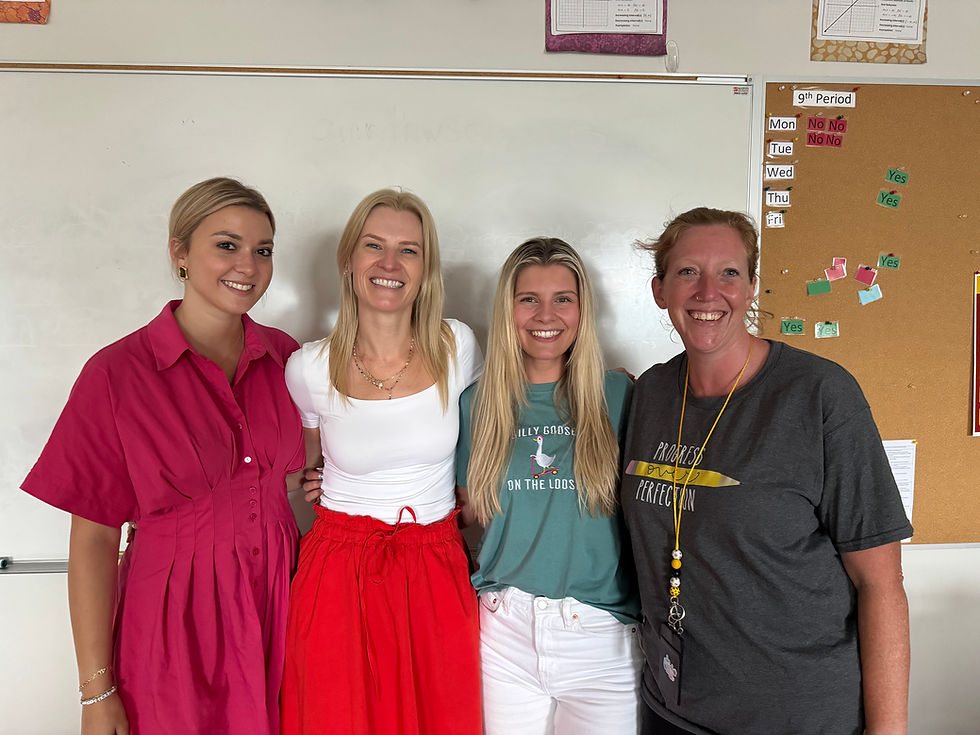Bridging the Gap: A Summer Academy Rooted in Urgency, Equity, and Expertise
- DocHolbrook

- Jul 13
- 4 min read
When high school students can't read at grade level, the solution isn't just remediation—it's reinvention.

Launching a High School Literacy Academy: A Bold Step Toward Equity and Access
This past week marked the launch of our Summer Literacy Academy for Rising 9th Graders—an initiative born from both urgency and hope. While reviewing end-of-year data, I was struck by a deeply concerning trend: nearly half of our incoming high school students were reading significantly below grade level. Many had not received explicit reading instruction since elementary school, and most were entering high school without the foundational skills required to navigate complex texts across disciplines.
In high school, we often assume students arrive ready to analyze literature, interpret scientific texts, engage with historical documents, and solve multi-step math problems—all of which demand proficient reading. But for students reading at a second- or third-grade level, that academic load quickly becomes overwhelming. Once students enter high school, the focus often shifts to getting them to graduation. Many schools offer multiple pathways to that goal. But crossing the stage with a diploma doesn’t guarantee a student leaves with the literacy skills necessary for success in college, career, or citizenship.
What if high school could be a place where students not only graduate—but graduate with the reading and writing skills they truly need? It's a tall order, but not an impossible one. With persistence, collaboration, and a little imagination, it’s absolutely within reach.
Our response? Don’t wait. Build the bridge before they fall.
A New Kind of Summer Academy
The idea was simple but bold: create a Literacy Academy designed specifically for rising 9th graders reading below grade level. But we knew it couldn’t just be your typical summer school session. Instead, we designed it on a foundation of evidence-based practice, teacher collaboration, and university partnership.
In collaboration with SUNY New Paltz’s Literacy Education program and SUNY New Paltz Science of Reading Center, the academy is co-taught by master teachers from the school district, all who have taken SUNY's microcredential on the science of reading and graduate candidates pursuing their master’s degrees in Literacy Education. These teachers have already studied the research on phonics, morphology, fluency, comprehension, and written expression—and now, they have the opportunity to apply it in a live classroom. SUNY candidates and district teachers alike bring research-based knowledge and a shared commitment to evidence-based practice. Candidates benefit from daily, real-time coaching, modeling, and reflection with experienced educators, while teachers gain fresh energy and new perspectives from collaborative co-teaching. It’s a dynamic, reciprocal learning ecosystem—where everyone grows, and students are the ultimate beneficiaries.
Why Teacher Knowledge Matters
We know that teacher knowledge is the single most important school-based factor in student success, particularly in reading instruction. Teachers must understand how reading develops, what can go wrong, and how to intervene effectively. As Fullan (2016) reminds us, "The key to successful change is to help teachers learn more from one another."
This academy is built on that very principle, creating a space where instructional knowledge isn’t just transferred but grown through collaboration. Through side-by-side instruction, daily debriefs, and shared planning, the program becomes a living model of professional learning in action. Teachers don’t just deliver lessons, they reflect, adjust, and refine them together in real time.
Professional Learning Communities in Action
Each day of the Literacy Academy ends with a one-hour PLC (Professional Learning Community) session, where teachers and candidates come together to review student work, analyze assessment data, and refine the next day’s instruction. These are not just check-ins—they are collaborative, student-centered strategy sessions grounded in shared responsibility and collective expertise.
Guided by the core questions outlined by DuFour (2005)—
What do we want each student to learn?
How do we know if they’ve learned it?
How will we respond if they haven’t? Teachers and candidates engage in a continuous cycle of inquiry and reflection that aligns directly with best practices in instructional improvement and professional learning.
These PLCs reflect what Desimone (2009) describes as active and coherent professional development: educators working side by side to solve real instructional problems, adapt practices in real time, and center every decision on student learning. By examining student work, modeling strategies, and observing one another in a non-evaluative way, teachers build collective knowledge and sharpen their practice. As Vangrieken (2017) notes, this kind of collective learning—focused on authentic classroom challenges—leads not only to teacher growth, but to meaningful gains in student engagement and achievement.
In our Literacy Academy, PLCs are more than structures—they are the heart of educational change and student achievement. They are a place where instructional knowledge is shared, grown, and acted upon every single day.
Conclusion: A Lifeline, Not a Label
This Literacy Academy is just the beginning. It’s more than a program, it’s a promise. A promise that students who need the most support won’t be left to struggle silently. A promise that the educators who serve them will be equipped with the tools, knowledge, and community they need to act boldly and wisely. And a promise that literacy will no longer be the gatekeeper to opportunity, but the bridge.
Because literacy isn’t just a skill-it’s a lifeline. And every student deserves to grab hold.
See you next Sunday!

Want articles like this sent straight to your inbox? Join our mailing list by clicking our logo below!
References:
Desimone, L. M. (2009). Improving impact studies of teachers’ professional development: Toward better conceptualizations and measures. Educational Researcher, 38(3), 181–199.
DuFour, R. (2005). What is a “Professional Learning Community”? Educational Leadership, 61(8), 6–11.
DuFour, R. (2009). Leading professional learning communities: Voices from research and practice. Solution Tree Press.
Fullan, M. (2016). The new meaning of educational change (5th ed.). Teachers College Press.
Jones, M., & Thessin, R. (2015). Sustaining school improvement through Professional Learning Communities as a leadership strategy. International Journal of Leadership in Education, 18(2), 183–206.
Vangrieken, K., Meredith, C., Packer, T., & Kyndt, E. (2017). Teacher communities as a context for professional development: A systematic review. Teaching and Teacher Education, 61, 47–59.





Comments